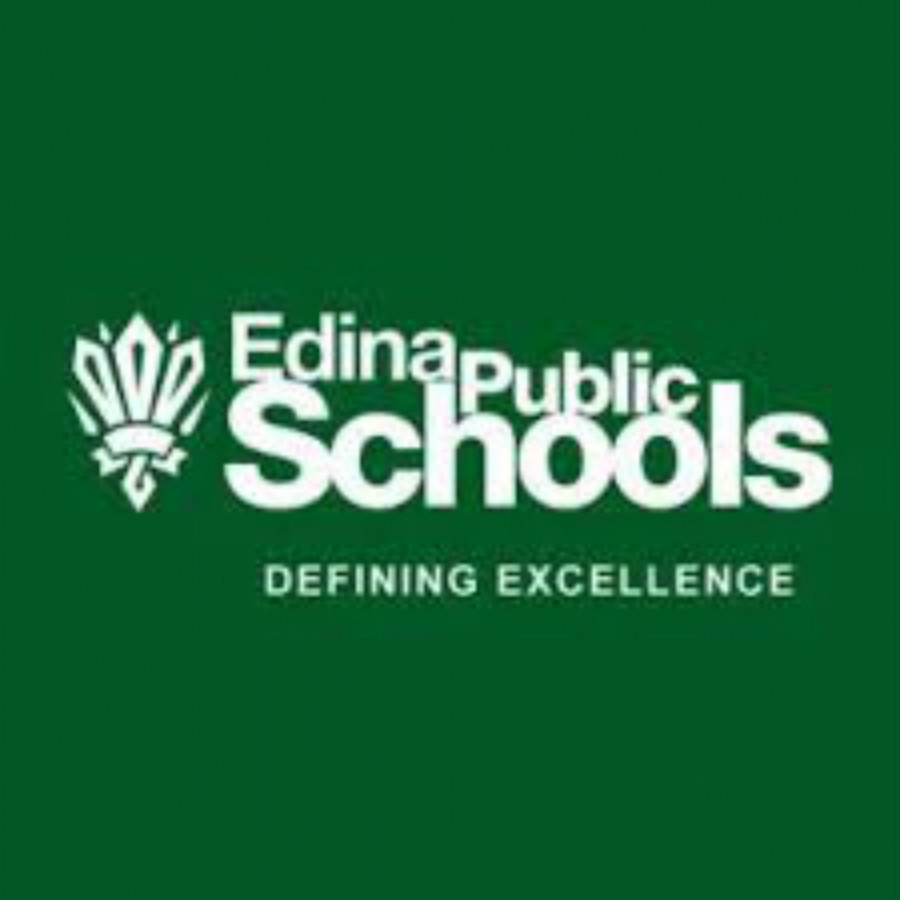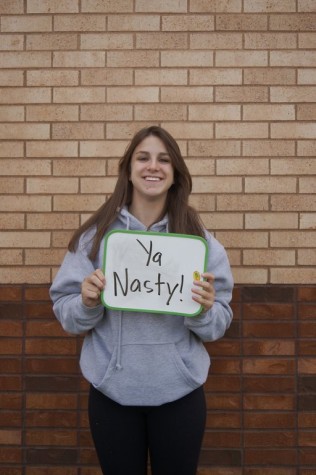The Importance of the Continuous Progress
Overview of the CP program
June 20, 2015
The daunting challenge today for educators and our school system is how do we personalize learning? How do we cater learning to each individual student? Similar to the concept of the No Child Left Behind Act, we want to be able to offer students to progress academically, socially and emotionally at their own pace. With thousands of students district wide and limited resources, it seems nearly impossible for teachers to truly be able to individualize learning for each of their students.
One unique approach to this problem is the Continuous Progress program (CP). Continuous Progress, a district wide alternative program offered at Highlands and Countryside Elementary School is a blend of innovative ideas and traditional practices that allows children a cooperative, family-type environment for five years.
Students start in the CP program in first grade in what is called a “family.” This family consists of two classrooms: one primary and one intermediate. The students start out in the Primary classroom which is grades first through third. Eventually, students move into the Intermediate classroom of grades third through fifth.
The Primary and Intermediate Classrooms go together as a pair to create the family. As a result of this unique set-up, students are able to interact with students in a wider range of grade levels. As students advance in grade, they stay with the same group of peers and teachers all five years.
Now this is often the point at which people ask: what’s the point? Why does it matter? The continuation of children throughout this program, by staying together with the same teachers and peers and interacting with a wider age range, can open a whole new set of possibilities for the classroom. The CP program is focused primarily on the role of relationships. As teachers are allowed to stay with students for five years, it allows them to build deeper relationships. For teachers, this is advantageous in helping them work with students.
For teacher Lisa Hopkins, this is a big part of what drove her to join the CP program. “When I was first teaching, it would be about Mar. or Apr. and I would get a pit in my stomach because I wasn’t ready to say goodbye to my students,” said Hopkins. “I had finally developed a rapport with them, I had finally started to make a difference, and then I had to pass them onto another teacher.” Unlike a traditional classroom, the CP program helps continue the relationship with teachers and students. As teachers stay with their students longer, they are able to get to know them; their strengths and weaknesses, what helps them learn and what doesn’t.
Academically this is critical to a child’s success. “Because of the kids coming back each year, it just kind of opens the door for deeper learning and starting the learning process a lot sooner than when you’re in a traditional classroom,” said Hopkins. Teachers are able to individualize learning for the student based on what they already know about them. Each year, teachers can be there with the student in their learning process, learning how they learn in their own unique way.
This also helps students with flexibility in rigor of coursework. Instead of moving at the pace of advancing each year, they have five years to advance academically at their own pace. “The biggest advantage of CP is that you don’t have to be on a traditional nine month cycle. So if you’re a kid that takes a little longer, you’ve got five years,” said Hopkins. “If you’re a kid that doesn’t need to be at a third grade level for the whole year, you have fourth through fifth grade right in the same room.”
CP also contributes to building important relationships between teachers and the parents. As families go through the CP program, they become a community, getting to know each other on levels traditional classrooms aren’t capable of through grown trust and understanding. “It’s definitely all about the relationships,” said Hopkins.“I’ve had families for a solid twelve years, and I’ve had kids who are more spread out and come back. I’ve held a lot of students as babies, they’ve fiddled around at potlucks… It’s almost like a huge family reunion because you make so many connections.”
Students learn to grow up with one another. As opposed to traditional classroom style where students have twenty to thirty other kids in their grade in a classroom, there’s only about nine kids in the same grade. “Even though there’s only five or six girls per grade… (students) really learn to accept and tolerate people through conflicts, learning to see the positives in one another,” said Hopkins.
Students grow together throughout the five years truly getting to know each other, instead of having to start over as strangers each fall. Especially for young children, this program is so important to offer them a safe, secure and familiar learning environment. “I really appreciated how intimate the families were,” commented senior Mark Hoffman, a graduate of the CP Program. “Through spending five years with the same two teachers and students, I felt like I knew my teachers and my classmates really well.”
Multi-grade learning environments also helps create important social skills in the students. In traditional classrooms, when students graduate from high-school, they have stayed with only students the same age all twelve years. In the real world, however, you need to work with people of all ages. By putting kids together of a wide variety of ages, children are taught how to interact with people older and younger than themselves and what that means. “When I switched to a mixed grade classroom, the biggest difference was that you have older students who can mentor younger students, and who can almost even be your teaching assistants,” said Hopkins. Children are encouraged to be mentors to younger students.
By working with younger students, it allows kids to become leaders. “I think CP is a great program for children because it gives children several important life skills,” said Hoffman. “Being in a multi grade classroom allows the students to take on a larger responsibility as leaders or role models. Learning and working with older and younger students helps really teaches children how to help and cooperate with others.”
Continuous Progress, at the heart of its purpose, is to help students grow academically and socially, while hopefully fostering a love of learning along the way. The importance of this program is that it realizes that school is not just about grades, but also about the lifelong skills and lessons you learn. “I appreciated the fact that learning was fun, cooperative and focused on effort, not competitive or solely to achieve a letter grade,” said Hoffman. Edina is blessed to have such a phenomenal program as a part of its district. Looking forward, it’s hoped that classrooms can follow the lead of the CP program, personalizing learning for students, and teaching them more than just what’s in their textbooks.


